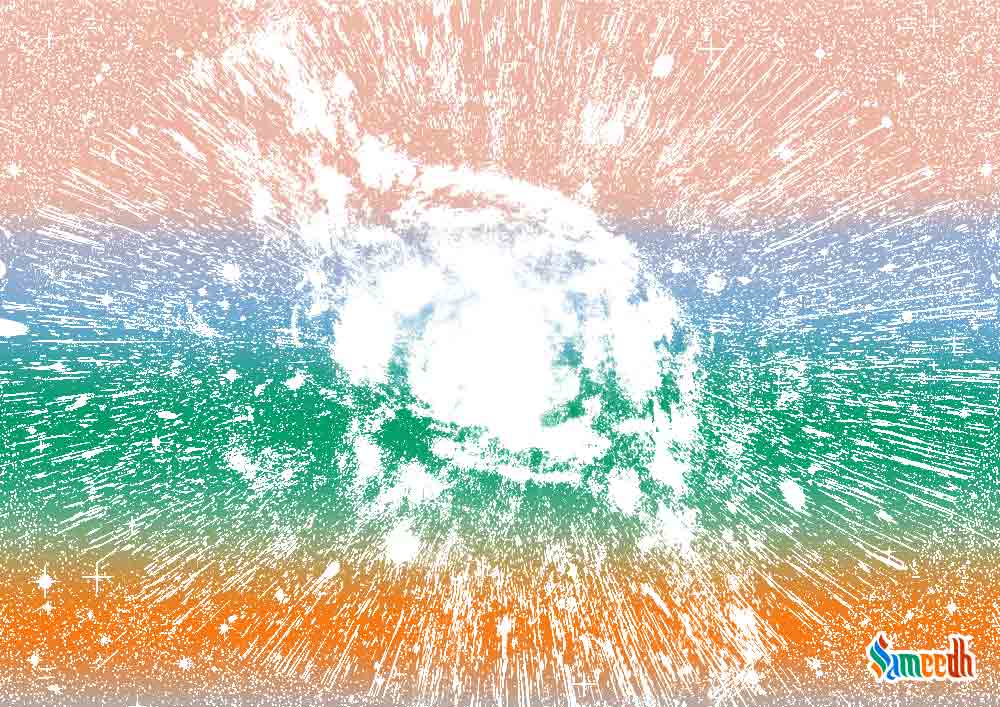The significance of the cycle of birth and death
DEFINITION
Samsar is derived from Sanskrit meaning world. It majorly denotes the concept of life and death, the entire process behind it, encompassing reincarnation or punarjanam as well. It is the cycle of afterlife and rebirth. Hinduism focuses on Karma which is the consequence of one’s actions. The chain of events and reactions is based on this. According to one’s deeds, their rebirth is assigned after they’ve done their time in either Swarg or Narak, depending on their karma. The meaning of Samsar also extends towards existence as a whole. It is synonymous with conception, life, around which the world revolves. Flowing around, volatile and wandering are also the terms used with and for Samsar. These cyclic events signify a succession as well, another definition of the word Samsar. One action leads to another, setting the ball in motion for a pattern.
ORIGIN
The concept of Samsar can be spotted in Rigveda, one of the four vedas or Hindu religious scriptures. The karmic cycle of life, death and rebirth has been mentioned in various other ancient texts too like the Upnishads. Its origins have been traced back to even the Indian Harappan civilization. The distinct root of Samsar remains unknown though.
SIGNIFICANCE
It forms a core concept in Hinduism. Samsar is what everything else is built on. It enables life, then supports, preserves and nurtures it. Through the facilities provided by Samsar, living beings take actions, good or bad, which is then evaluated when their mortality approaches.
Hinduism also emphasises on the existence of a self or soul, atman or jiva. Samsar can also be viewed as the journey of oneself. From conception to living life, death to rebirth. This entire metamorphosis falls under Samsar. In Hinduism, Moksha is often observed as the ultimate goal of various life cycles. It is the freedom from the continuous cycle of life and death. Once that is attained, the atman is liberated. This state can be achieved through devotion, meditative practising, avoiding bad deeds, trying to gather knowledge and not being attached to worldly pleasures.
Along with Moksha, Dharma or an order, code of conduct too plays a crucial role in this. How faithful or devoted a being is too signifies where he stands in the Samsar. These are the laws of nature which shall be diligently followed. Upon failure of which, an individual can gather negative karma or energies. This should be free from any evil longings of greed, lust, fame, wealth and such. Life should be concentrated on learning, evolving and growing.
Another essence of Samsar shows how beings live in an illusion or Maya where their own existence is of the prime importance. They believe that the world revolves around them. But in reality, they form a tiny part of the complete picture and they themselves are mortals who have little control over the world. The world is not dependent on the functioning of an individual. It frames an ecosystem around billions of such life forms. Upon death, the jiva or atma travels through the path of heaven, hell or ancestors, which is believed to lead them to the moon.
METAPHYSICS
The theory of birth, death and rebirth fuels the karmic system of reward and punishment in Hinduism. It holds together the system by encouraging people to follow the path of goodwill and avoid evil practices at all costs or it would have dangerous consequences.
The cycle of birth and death can be better understood with the belief of reincarnation and karma. Learn why this cycle exists in the first place and what is its relevance. How it gels together the purpose of life and its consequences.

